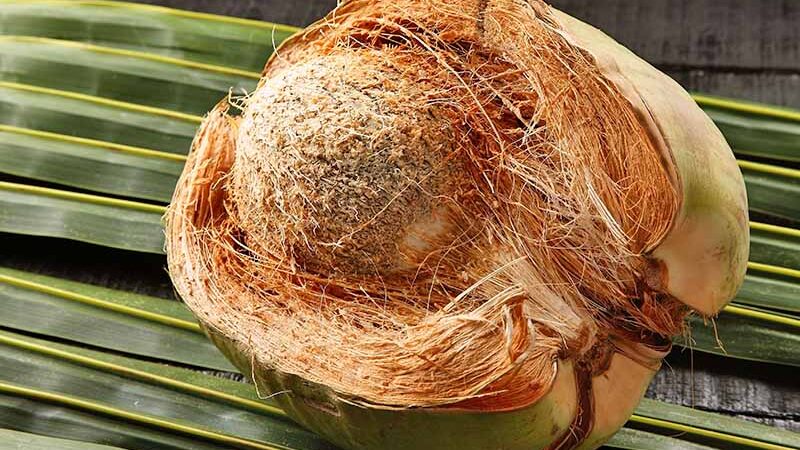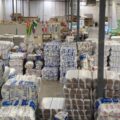The Export Potential of Coir
Coir is a natural fiber, extracted from the husk of coconut and used in products such as floor mats, doormats, brushes, mattresses, etc. Technically, coir is the fibrous material found between the hard, internal shell and the outer coat of a coconut. Other uses of brown coir (made from ripe coconut) are in upholstery padding, sacking, and horticulture. White coir is harvested from unripe coconuts and is used for making finer brushes, string, rope, and fishing nets.
Varieties and Use
There are two varieties of coir – brown coir and white coir. Brown coir is harvested from fully ripened coconuts. It is thick, strong and has high abrasion resistance. It is typically used in mats, brushes and sacking. White coir fibers are harvested from the coconuts before they are ripe. These fibers are white or light brown in color and are smoother and finer, but also weaker. They are generally spun to make yarn that is used in mats or rope.
In addition to various uses, Coir mats and Erosion Control Blankets are used to stop or control soil
erosion too.
Various Coir Products
Following are the different types of coir products and bi-products: Coir Fiber, Coir Yarn, Floor Mats, Curled Coir, Mattresses, Coir Ropes, Anti-weed blankets, Erosion Control Blankets, Fishing Nets, Coir Pith – A bi-product.
Coir Exports
At present, coir and its products are exported to more than 80 countries, with US being the biggest market with a share of more than 40% in the total export. European countries together share more than 41 % of the exports.
Major Coir Importers
Statistics reveal that US is the largest market for Indian coir products accounting for more than 37 percent of total export, while EU countries import more than 41 percent, and the remaining share is distributed among Germany, Netherlands, Italy, and Belgium.
Opportunities / Growth Prospects of the Industry
A significant prospect for coir is the growing global concern to address ecological problems through the use of Bio-degradable & natural resources for environmental protection. Coir nets or geotextiles and bio-logs or fascines, two of the most important coir products today, have been proven to be effective materials in controlling steep and road slopes erosion and for riverbank protection in technologically advanced countries.
Geo-textiles are coir-based matting materials placed in sloping lands and embankments to hold soil and permit vegetative growth. It helps in erosion control and soil productivity conservation. Bio-logs or fascines are tubular structures of coir mats or nets filled with dust, peat, or coir resembling large rolls or gabions. Export of coir projects are projected to further grow by 1.2% per annum to 80,000 tons in 2012, while exports of fiber are expected to expand to about 123,000 tons.







Leave a Reply